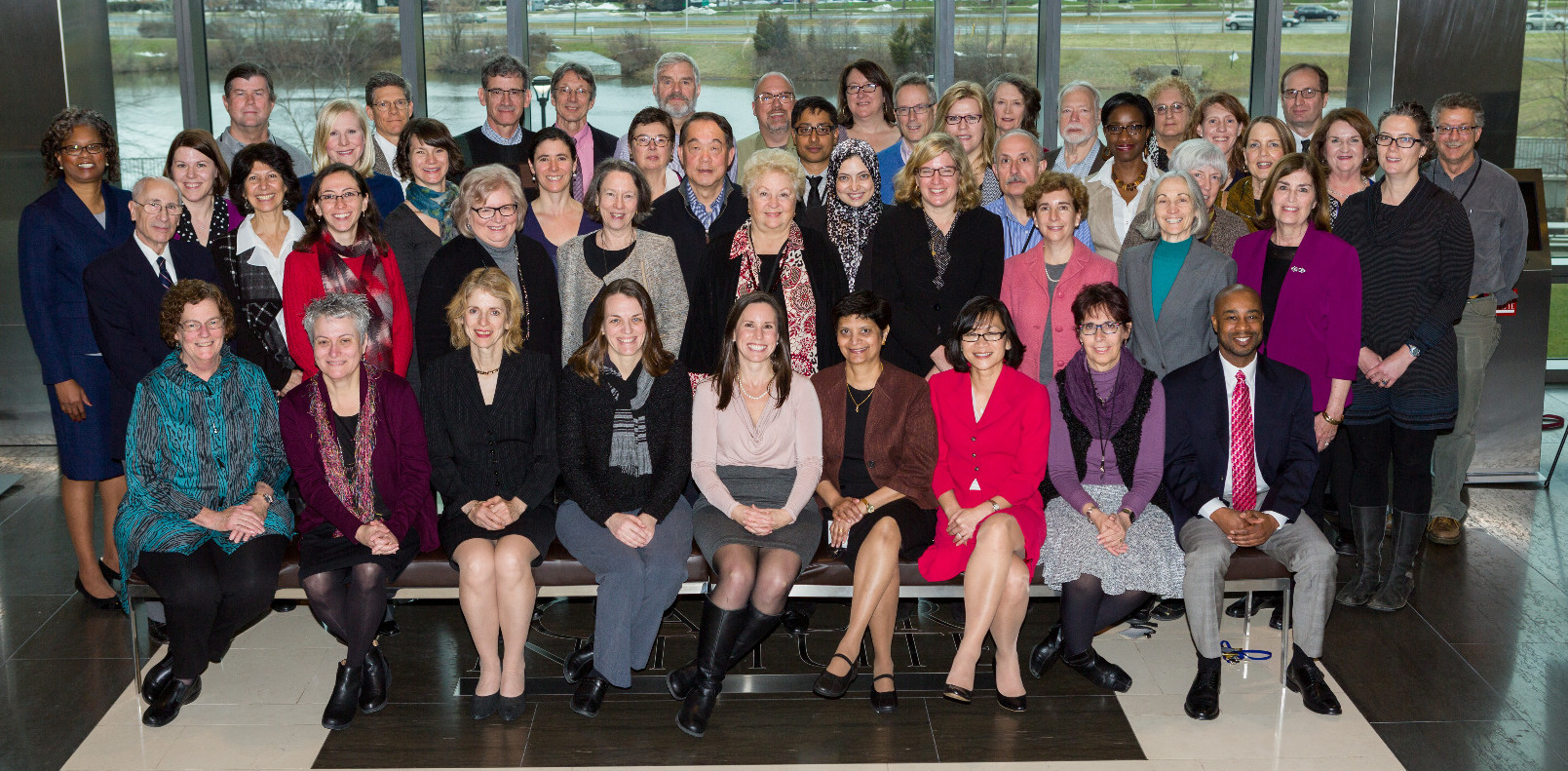Purpose
With the information and resources available on this website, we aim to:
- Raise awareness about the potential relationship between environmental exposures during certain vulnerable times in the life course, known as windows of susceptibility, and breast cancer risk
- Explain why a precautionary approach is being taken to aid decision-making where the evidence of harm is stronger in animal than in human studies
- Provide examples of steps that can be taken now that may reduce exposures and risk
- Provide researchers with information about the Breast Cancer and the Environment Research Program (BCERP) and the windows of susceptibility studies, and
- Connect parents, parents-to-be, and caregivers, health professionals, and individuals to additional resources



